Patterns of a Lifetime: Clifton Pugh
Nelson, $29.95, 221 pp
A Bohemian Image
It is no mistake that the first major book on Clifton Pugh since Noel Macainsh’s in 1962 is a biography rather than a critical appraisal. Pugh’s persona has always been of greater interest to the public than his art. He fits the bohemian image of what the public think an artist should look like and do – live in a mud brick house, have a succession of wives and mistresses, and support causes with passionate energy – in Pugh’s case, the Labor Party, wombats and everything natural in the bush.
Pugh’s personal history is no secret, and he has always appeared to relish the publicity which set him up as the eccentric conservationist who could paint magpies with the same enthusiasm applied to portraits of Labor politicians. His third wife, Judith, is explicit on how to make yourself a famous and rich artist, a task which she set herself for the benefit of dear Clif:
The more publicity you get for a show, the more likely you are to sell the paintings and that provides your income…That ‘s one reason why if somebody rings up and says can I do a story of the house…we can say yes instead of no, because we don ‘t play this ridiculous game of, Oh I am a private person.
Traudi Allen writes as an admirer but with enough caution to make her account plausible. Pugh the man comes first, and the art serves as a handle into everything you wanted to know about Australian bush bohemia. Significantly, her interest was first kindled not by the pictures, but by an interview Pugh did for This Day Tonight about his retrospective exhibition at the Adelaide Festival of Arts in 1976.
Despite the sympathetic treatment, Pugh comes across as a self-centred and absorbed man, especially in relation to his women and children, a publicist, and an opportunist whose political inconsistencies enabled him to form friendships with Holt and Whitlam, and to paint Prince Phillip and Sir John Kerr alongside Dunstan, Wran and Lionel Murphy. Phillip Adams mercilessly lampooned Pugh the politico, describing ‘Clayton Puff as a ludicrously contrived poseur, a business tycoon with a mud brick house fully equipped with electric typewriters, telex facilities and Yves St Laurent handkerchiefs with which he wipes the paint from his hands. Politicians wait their tum to be painted and Pugh ‘s wife pronounces, ‘When the Government isn’t sitting in Canberra, you’ll find it sitting for Clifton’.
What criticism the author does make of Pugh is second hand, and she cautiously assembles pastiches of newspaper criticism which condemn Pugh for his sentimental message making. To redress the balance, she immediately juxtaposes the negative criticism of the 1970s to the earlier positive remarks which made Pugh’s ‘rocks, dingoes, stumps and crows the most promising one man show seen here for many a long day’. The author takes no real position on any critical issues and opts out, along with Pugh himself, by sweeping aside critics as ‘failed painters who make poor writers’. It is a case of the misunderstood artist. Ironically, Pugh’s subject matter and manner of painting have made him more than accessible to a wide audience.
Allen’s major problem as Pugh’s biographer is that she has not yet come to terms with basic questions of art and the public: the conflict between popular and critical opinion, the notion of what avant-garde art might be, or the possibility of seeming Pugh’s art in a context wider than Australia. Avoiding these problems leads the author instead into bush territory – and she begins to sound like Pugh’s mouthpiece on the stomach contents of feral cats and dingoes and the pleasures of raising wombats. it is a strange combination of anecdotes of Pugh’s personal life, panegyrics on the Australian bush, and escapades into Pugh’s marital and sex life. The author allows Pugh to write his own epitaph when she quotes him as saying:
No woman should live with a genius longer than two years because after that time she ceases to appreciate him fully.
There is one aspect of this otherwise rather predictable book which does illuminate many of Pugh’s attitudes. These are Pugh’s war diaries, written from New Guinea where the artist fought with the 2/2 Battalion. Disillusioned with army life, Pugh’s entries into his diary provide the most riveting passages of the entire book:
The track was treacherous, slippery, steep, the heat stifling…As we push forward more and more do we see signs of cannibalism – one Jap killed has a pack containing 10 lbs. flesh, ‘boong’, and lying nearby was a dead Jap waiting to be cut up, his calves were already cut out…Wrapped in a blanket were the remains of two arms they had been nibbling raw. You could see the toothmarks where they had bitten off bits of finger to chew.
That wartime writing may in fact be more significant than has ever been acknowledged. His jottings have the brutal directness of a man who apparently enjoyed killing, and who later in his personal life steeled himself against intimacy with wives and children. Traudi Allen has recorded well the popular mythology which Pugh has perpetuated about himself – how much he cares for the bush and its inhabitants. Unwittingly she has also portrayed a man whose self-importance is measured by his tendency to name-drop. In the same breath that he espouses one of his causes, he can utter, ‘I think they’re a bloody awful mess, people’. With a more critical ear and a few stiff whiskies, Traudi Allen might have come to the same conclusion about her subject.


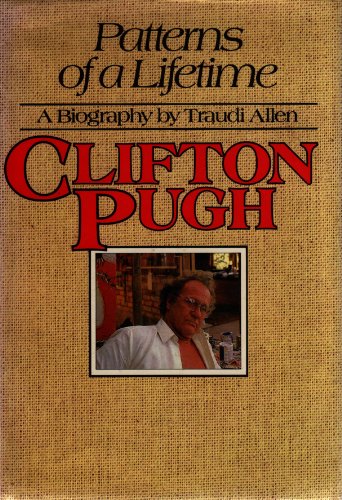
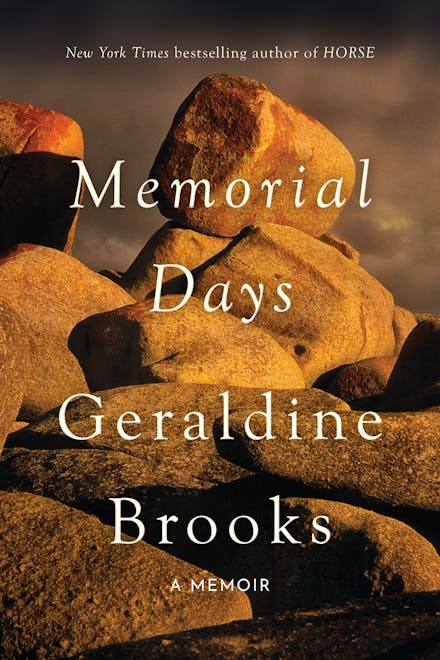
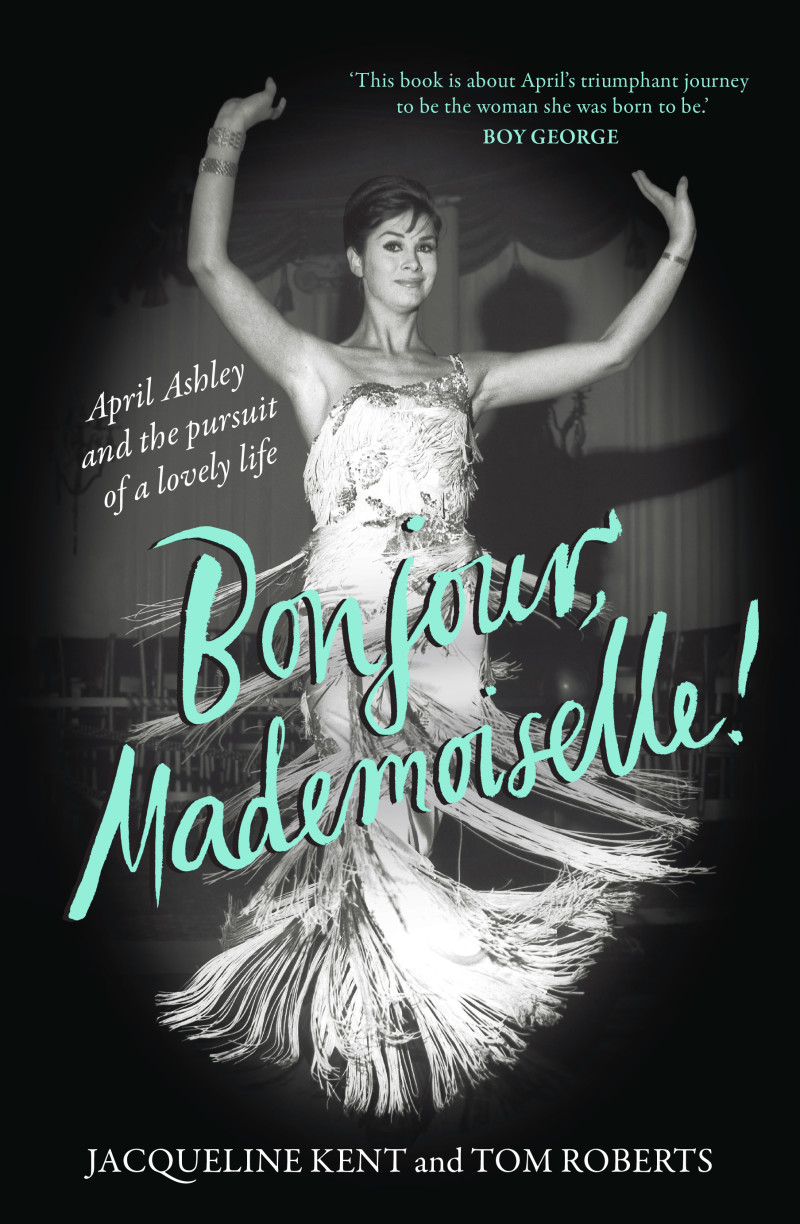
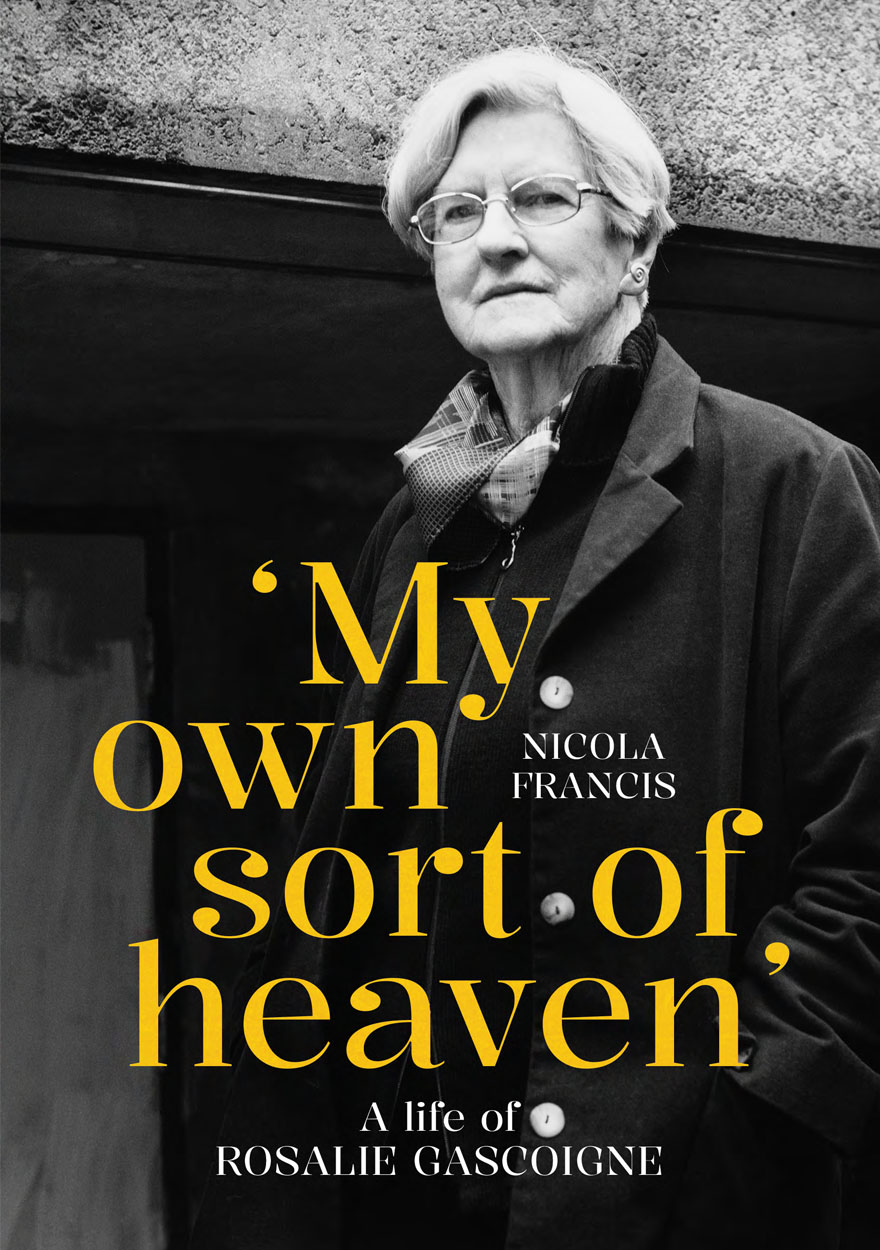

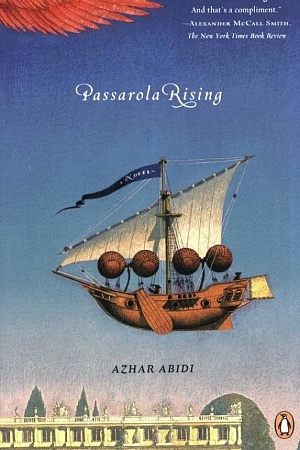
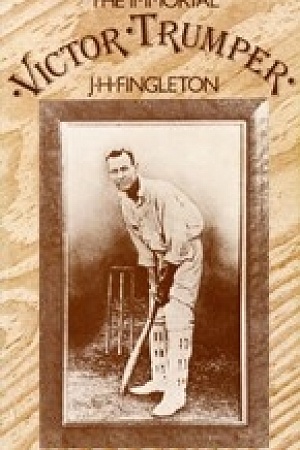
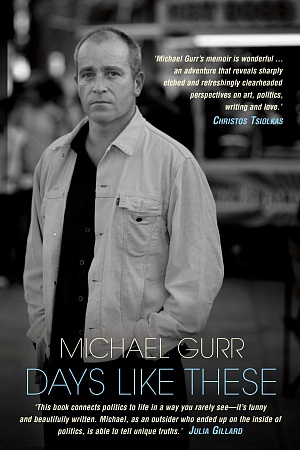

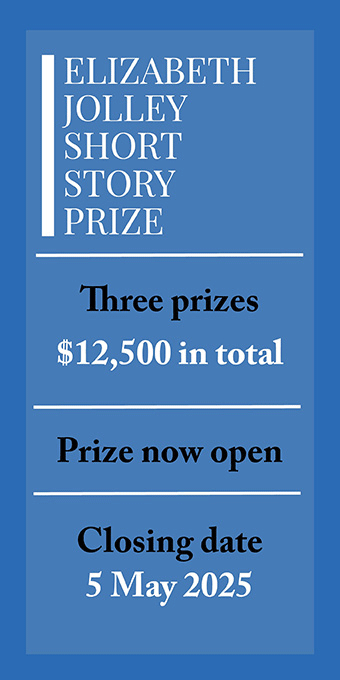
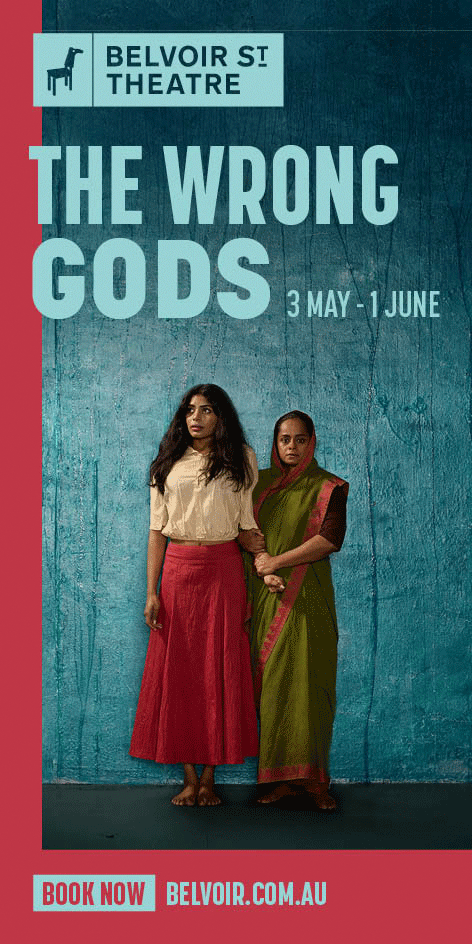

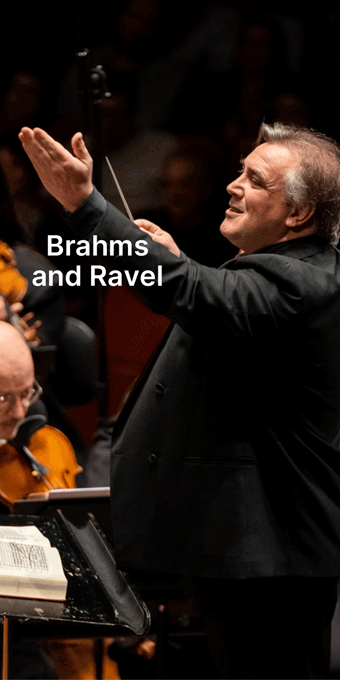
Leave a comment
If you are an ABR subscriber, you will need to sign in to post a comment.
If you have forgotten your sign in details, or if you receive an error message when trying to submit your comment, please email your comment (and the name of the article to which it relates) to ABR Comments. We will review your comment and, subject to approval, we will post it under your name.
Please note that all comments must be approved by ABR and comply with our Terms & Conditions.